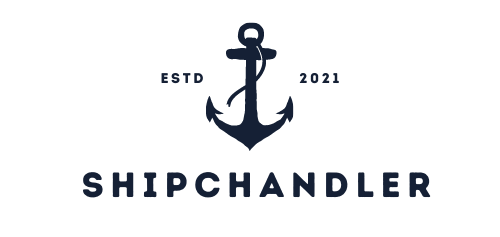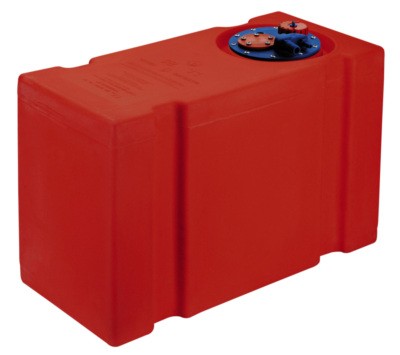The boat tank is used to store fuel, either petrol or diesel, which is the source of energy to run the engine of your boat. This is also the case for a boat fuel tank, which is essential to avoid fuel shortages. This is a frequent occurrence, especially on long trips. This is why it is so important to have one and, above all, to understand how it works.
An essential piece of equipment
For those of you who don’t know yet, a nurse is a piece of equipment that supports the boat tank. It is an additional, but indispensable accessory, as it helps to avoid dry spells and to make longer trips on the water. At the same time, it is useful for easy and safe fueling at the docks.
As far as the latter is concerned, it should be pointed out that the strong point of the boat tank is that it is removable. In addition to being light, since it is made of synthetic materials. Polyethylene or plastic is used to prevent rust.
Available in different sizes, this portable boat tank also allows you to choose the ideal size according to the power of the engine. In this respect, you can also choose the right tank size for your boat. You should note that you can increase the amount of fuel tenfold by combining two fuel tanks at the same time, taking care to install one on the starboard and the other on the port side. The objective is to balance the boat through the distribution of the masses.
Equipment adapted to your needs
From these points of view, a feeder can certainly be seen as a boat tank in its own right, especially since, as a reinforcement, this equipment is designed to adapt to your fuel needs. In this sense, you should know that this kind of accessory is available in 12, 22 and 30 litre capacities, noting that these models are equipped with a filter and a fuel gauge.
So, all you have to do is choose the one that best meets your expectations by taking into account three major elements:
- The consumption of your engine;
- The distance you wish to cover during your sea or freshwater outings;
- The space available for this equipment on your boat.
Once you have made your choice, all you have to do is connect the feeder to the separator (decanter) socket, which is usually located under the dock, using a spigot that can be screwed on with a 19.2 mm thread. Once this is done, your additional boat tank is ready for action. However, you need to make sure that it works properly. To do this, you need to open the breather in the fuel cap to remove any fuel vapours. You can also use the “bulb” to pump fuel by making the bulb harden under your hand pressure.






